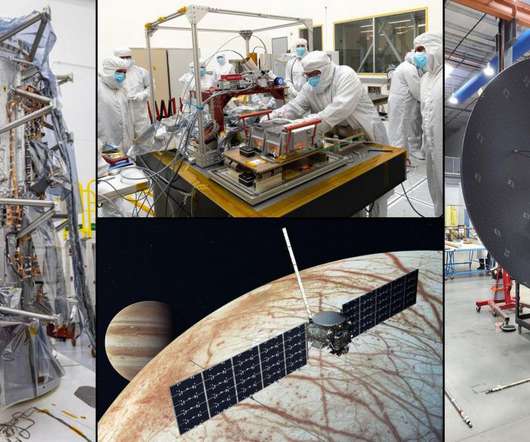New photoelectrode with enhanced visible light absorption for improved solar water-splitting for hydrogen production
Green Car Congress
FEBRUARY 16, 2016
A team of researchers at Ulsan National Institute of Science and Technology (UNIST), Korea University, and the Korea Advanced Institute of Science and Technology (KAIST) has developed a new type of multilayered (Au NPs/TiO 2 /Au) photoelectrode that could boost the ability of solar water-splitting to produce hydrogen.



































Let's personalize your content